Remember when dating meant the guy had to call your parents’ house phone and potentially face an interrogation from your father? Those simpler times of drive-in movies, soda fountains, and strict social codes seem almost unrecognizable in today’s world of dating apps and instant messaging. As we look back at the courtship rituals that defined the decades of bellbottoms and disco balls, it’s both entertaining and eye-opening to see just how much our relationship expectations have evolved.
1. The Man Always Pays—No Exceptions

Back in the day, if a man invited a woman out, he was automatically expected to cover every expense, from dinner to movie tickets to gas for the car. This unwritten rule was so firmly entrenched that a woman reaching for her purse might be considered an insult to her date’s masculinity or financial stability. The concept of “going Dutch” or splitting the bill would have been considered bizarre and potentially embarrassing for both parties. A survey by VICE reads the temperature on whether this practice is prevalent or not, and if so, where.
Today’s couples navigate financial dynamics with much more flexibility, often taking turns paying or splitting expenses based on individual situations rather than gender roles. Modern dating has embraced the concept that financial responsibility shouldn’t fall on one person’s shoulders simply because of gender traditions. Dating apps now even include features allowing users to indicate their preferences regarding who pays on dates, acknowledging that these expectations are no longer one-size-fits-all.
2. Strict Parental Approval Required

Meeting your date’s parents wasn’t just a relationship milestone—it was often a prerequisite before serious dating could even begin. Young people, especially women, needed explicit permission from their parents to go out with someone, and dates frequently occurred under parental supervision or with strict curfews and guidelines. Many parents exercised veto power over potential suitors based on family background, education, or financial prospects. Mental Floss also reminds us of the necessity for a chaperone any time a woman under 30 was around a man who wasn’t family.
The concept of parents screening dates through formal living room interviews would seem incredibly intrusive to today’s independent daters. Modern relationships typically develop independently, with parental introductions happening much later in the relationship timeline when things are already serious. While family opinions might still matter, the autonomy to make personal dating choices without formal approval is now considered a fundamental right rather than a radical concept.
3. Women Couldn’t Make the First Move
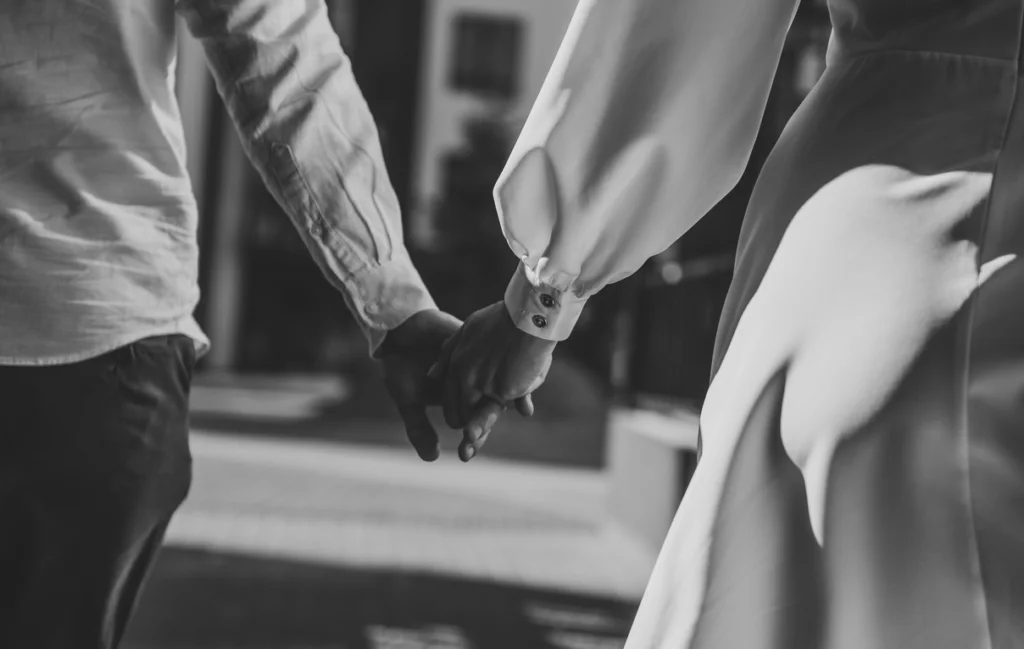
A woman calling a man first was considered forward, desperate, or even scandalous in many social circles during the ’60s and ’70s. The dating rulebook clearly stated that men initiated contact, asked for dates, and determined the progression of the relationship—women who bucked this trend were often judged harshly. Magazine advice columns regularly warned young women about appearing too eager or aggressive, suggesting it would diminish their appeal and marriage prospects. These days, True Love Dates considers this piece of advice particularly bad and not worth following.
The idea that someone should wait by the phone hoping for a call seems quaintly restrictive in our age of gender equality and direct communication. Today’s dating landscape encourages everyone to express interest openly, with dating apps and social norms supporting women’s agency in relationship initiation. Studies now show that relationships where women make the first move often have positive outcomes, completely contradicting the old wisdom that such behavior was somehow inappropriate.
4. Rigid Dating Timelines
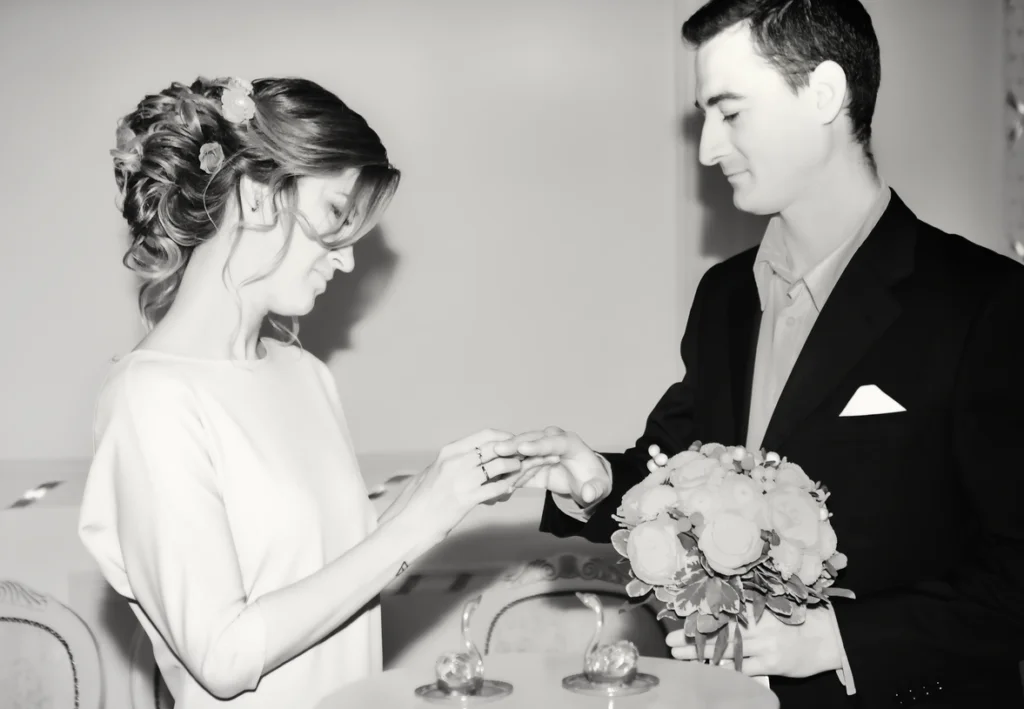
Courtship in previous decades followed predictable patterns: dating led to steady relationships, then engagement, then marriage—all within a relatively quick timeframe. Many couples in the ’60s and ’70s married after knowing each other for just months, with the expectation that marriage would happen in your early twenties, especially for women. The social pressure to “settle down” by a certain age created artificial deadlines that heavily influenced relationship decisions.
Modern couples typically date for years before marriage, with cohabitation often preceding or replacing formal engagement. The average age of first marriage has increased dramatically, with many people prioritizing education, career development, and personal growth before making long-term commitments. Today’s relationship timelines are personalized rather than standardized, with milestones based on individual readiness instead of societal calendars.
5. Separate Activity Spheres for Men and Women
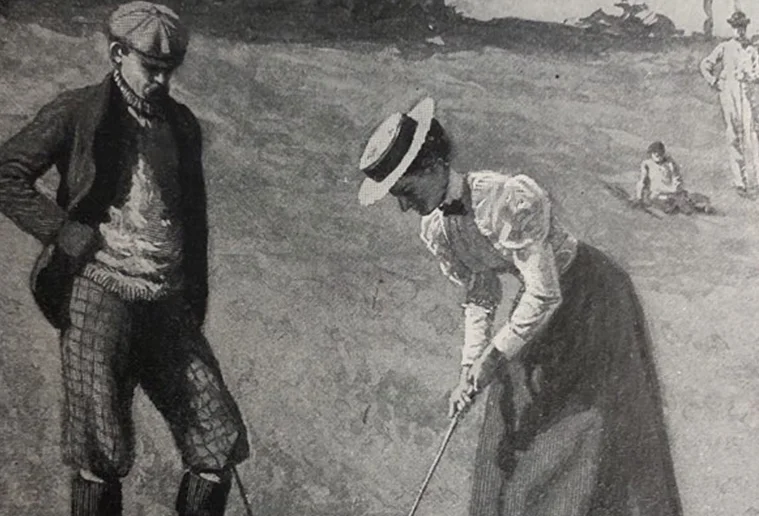
Dating often meant rigid gender-based activities, where men planned everything and women participated in their choices. Men were expected to have interests in sports, cars, and outdoor activities, while women were supposed to enjoy cooking, fashion, and home-related hobbies. These separated spheres meant couples often didn’t share authentic interests but instead performed gendered roles expected of them.
Today’s couples typically seek partners with genuinely compatible interests and values rather than complementary gender roles. Modern relationships emphasize authentic connection through shared activities and mutual decision-making about how time is spent together. Dating profiles now highlight personal interests regardless of traditional gender associations, recognizing that compatibility comes from genuine alignment rather than prescribed roles.
6. Dress Codes for Dates Were Non-Negotiable
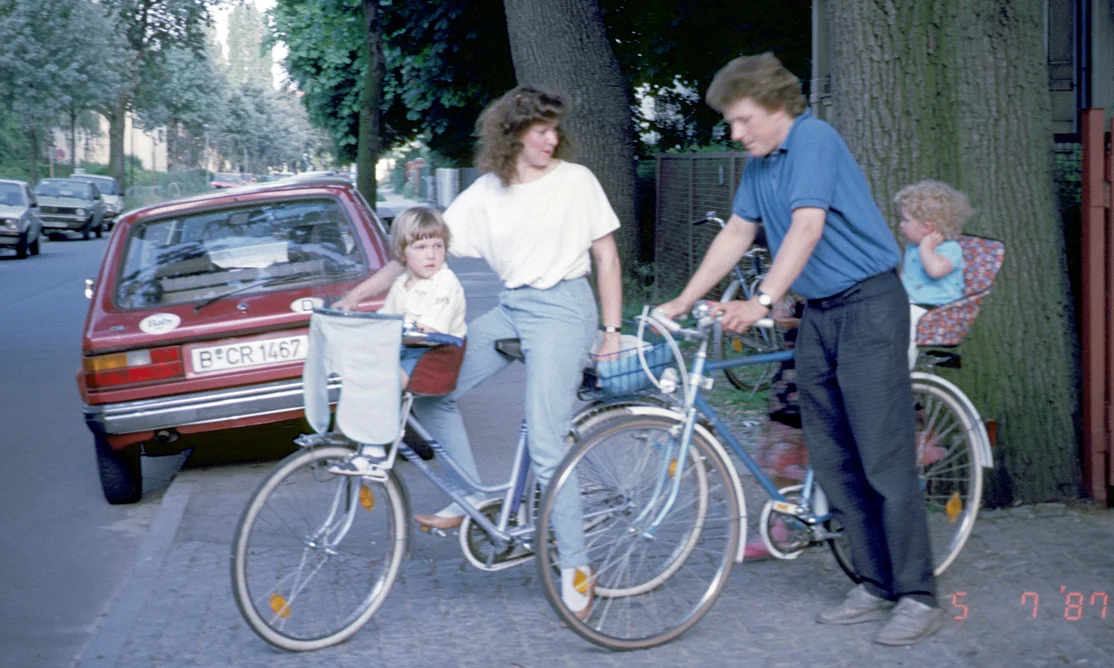
Women’s magazines from the era provided exhaustive guidelines on appropriate attire for different dating scenarios, emphasizing looking attractive but never “too available.” Men were expected to arrive in pressed slacks and clean shirts even for casual outings, with specific dress codes understood for different venues and occasions. Failure to meet these appearance standards could result in social embarrassment or judgment about one’s upbringing and character.
The relaxation of formal dress codes represents one of the most visible changes in modern dating culture. Today’s dates might occur in anything from business attire to jeans and t-shirts, with personal style expression valued over rigid conformity. The focus has shifted from outward appearances to meaningful connection, though first impressions still matter in different ways.
7. Strict Rules About Physical Affection

The progression of physical intimacy followed strictly understood timelines, with each milestone (holding hands, first kiss, etc.) carrying significant weight and meaning. Many parents and etiquette books promoted waiting periods before allowing any physical contact, with social norms dictating appropriate behavior for each dating stage. Physical boundaries were often discussed in terms of reputation management rather than personal comfort or consent.
Modern dating emphasizes mutual comfort levels and explicit communication about boundaries rather than universal rules or timelines. Physical expression now develops according to individual preferences and relationship dynamics, with consent culture replacing rigid expectations about “proper” behavior. The emphasis on personal choice rather than external judgment marks one of the most significant shifts in dating culture since these earlier decades.
8. Meeting Through Family Connections Was the Norm
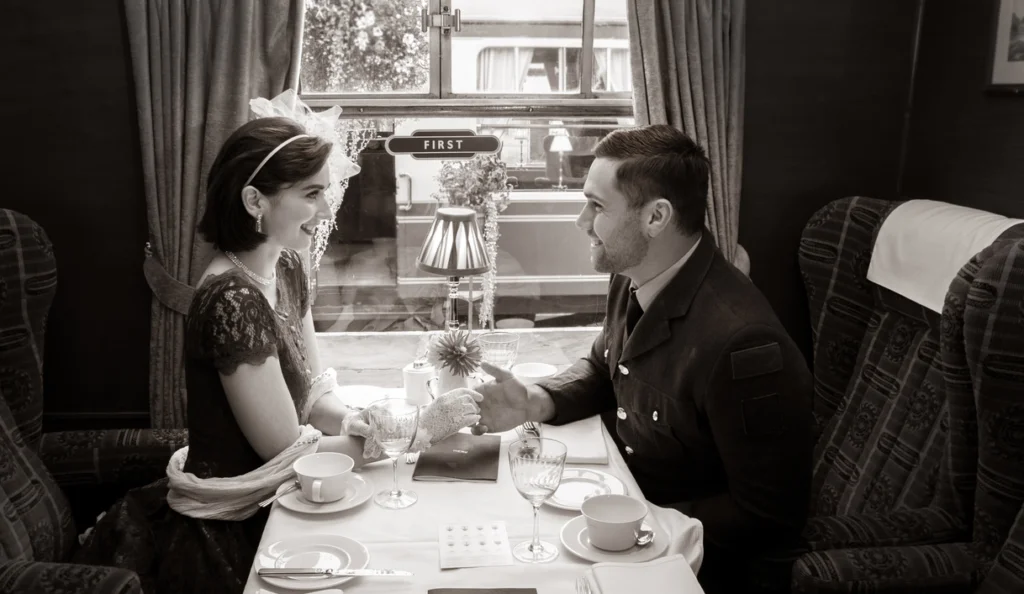
Before dating apps and social media, introductions often came through family networks, neighborhood connections, or structured social events like church gatherings. Parents and relatives actively participated in matchmaking, vetting potential partners based on family reputation, social standing, and perceived compatibility. Meeting someone completely outside your social circle was relatively uncommon and sometimes viewed with suspicion.
The expansion of dating pools beyond immediate social networks represents a fundamental shift in how relationships begin. Today’s couples often meet through technology, shared interest groups, or completely by chance, with family connections playing a much smaller role in initial introductions. This independence has created more diverse relationships but also removed some of the built-in vetting that traditional networks provided.
9. Different Educational Expectations by Gender

Dating dynamics often assumed men would have more education or career ambition than their female partners. Women were frequently encouraged to choose education paths that would make them better homemakers rather than career professionals. Many couples formed with the understanding that a woman’s education or career would take a backseat once marriage and children entered the picture.
The expectation that women would prioritize their partner’s professional development over their own seems shockingly outdated to modern daters. Today’s relationships typically assume both partners have equal right to educational and career advancement, with household responsibilities negotiated rather than automatically assigned by gender. Dating profiles now proudly highlight educational achievements and career ambitions regardless of gender.
10. Assumption of Marriage as the Ultimate Goal

Dating in previous decades was often explicitly seen as a pathway to marriage rather than an end in itself. Every relationship was evaluated based on its marriage potential, with “just dating” not considered a legitimate long-term arrangement. The assumption that all women primarily wanted marriage and motherhood shaped interactions, with career-focused women often seen as merely going through a phase before settling into their “real” role.
The diversity of relationship goals and structures represents perhaps the most profound shift in modern dating culture. Today’s dating landscape includes everything from casual relationships to committed partnerships without marriage, polyamory, and various forms of non-traditional arrangements. The recognition that fulfilling relationships take many forms has freed couples to design connections that truly work for them rather than forcing everyone into the same relationship template.
Looking back at these outdated dating expectations certainly provides some chuckles and perhaps a few cringes for those who lived through these eras. While some might occasionally long for the simplicity of clearly defined roles and expectations, most would agree that today’s emphasis on authenticity, equality, and personal choice makes for healthier relationships in the long run. As dating continues to evolve with technology and changing social values, perhaps some of our current norms will seem just as outdated to future generations—a reminder that the only constant in relationships is change itself.


